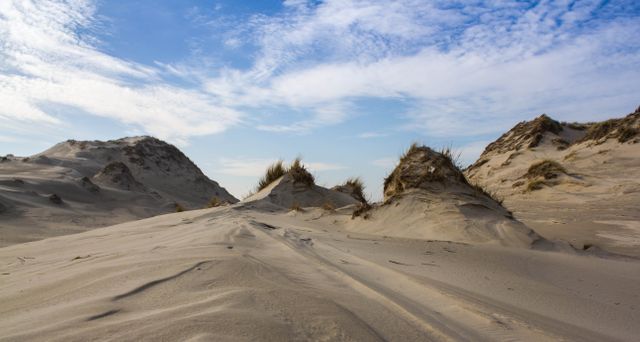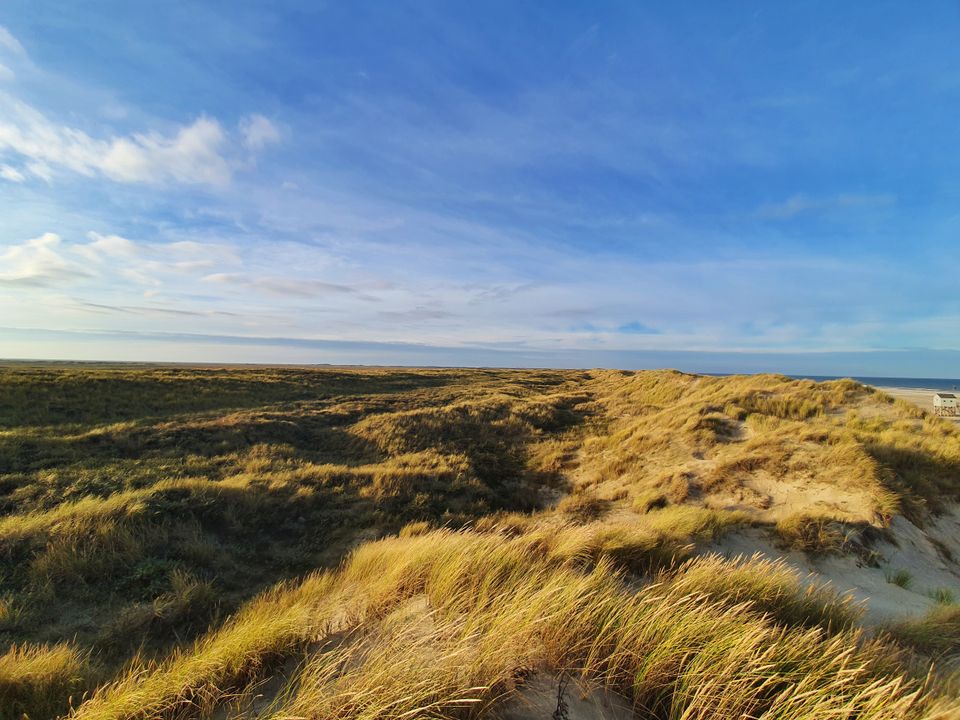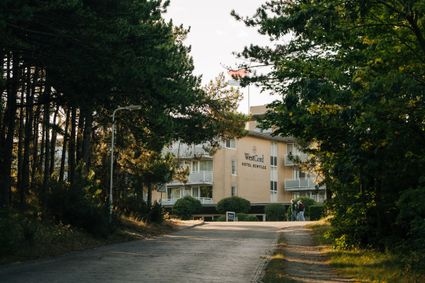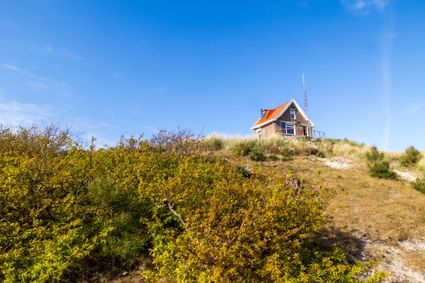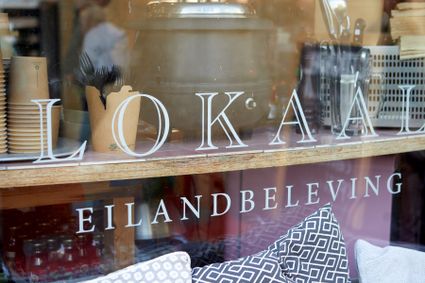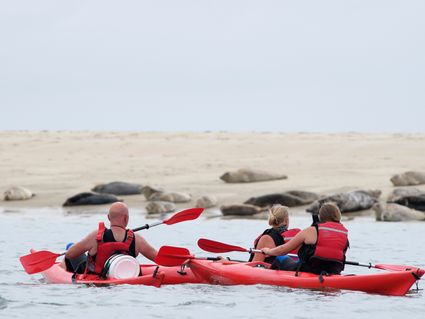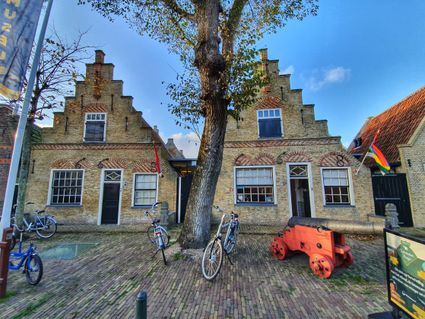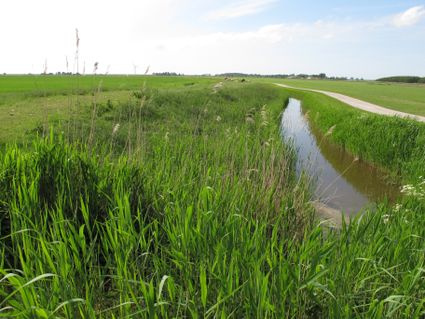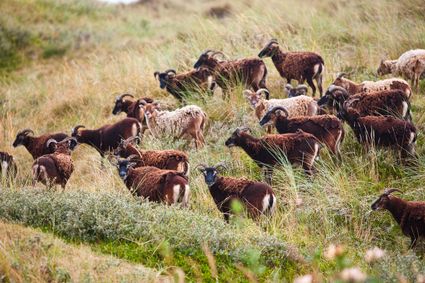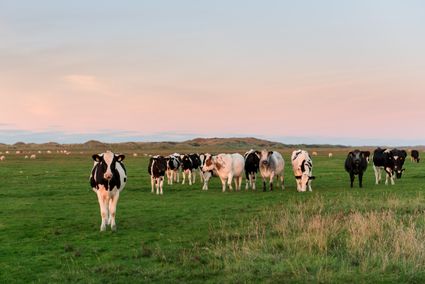Surprising landscape
You can still see them on the edges of the pastures and now they even shield visitors from the sun and wind. The alder boulevards on Terschelling are unique to the Wadden.
The alder boulevards
From protecting grain fields to dividing grasslands and sheltering holiday homes from the wind. These are just a few of the functions the alder boulevards have had on Terschelling throughout the years. Go exploring and discover the differences. The alder boulevard landscape is unique to the Wadden.
Terschelling has a long and narrow polder from West-Terschelling all the way past Oosterend. The polder is never wider than 2 kilometres so you'll always be able to see the Wadden on one side and the dunes on the other. The inpoldering occurred centuries ago. The transitional area between the polder and the dunes proved suitable for grain and other crops. Farmers planted rows of alder trees along the edges of the fields to protect against the wind and drifting sand.
The alder boulevards also provide shade, field divisions and wood for construction, poles and heating. A variety of plants and animals also thrive in the boulevards. When the grain fields were replaced by grasslands around 1950 the alder boulevard still fulfilled a purpose.
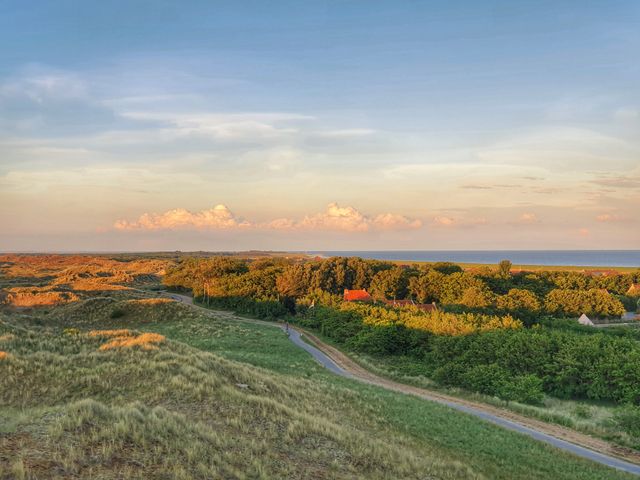
Kooibosjes
When visiting Terschelling you'll probably walk or cycle along some alder boulevards. For example, when you visit de Kooibosjes next to campground de Kooi near Hee, with haying lands, alder boulevards and alder firewood forests. Further to the east, along the edge of the dunes, you can see dense rows of alder trees along some of the pastures. They are often interspersed with other trees such as rowan or blackberry bushes.
The alder boulevards follow the edge of the dunes where the polder narrows. You'll find the last bit of alder boulevard landscape when you pass Oosterend, in the marshlands of the Grië just before the transition to the rugged Boschplaat. This is the only place where you'll see alder boulevards near the Wadden Sea; an area that floods regularly. And something else: four of the seven remaining duck decoys on Terschelling are located in the Grië. You can recognise them by the surrounding trees and each with its own sea dike.
Even though some of the alder boulevards still remain there are fewer of them and their quality is declining. For example, there are more spaces between trees which makes the boulevards vulnerable. Maintenance works such as trimming and replanting are necessary and repair and maintenance efforts are fortunately being made. This way the characteristic vegetation of Terschelling will survive, with all of its functions for agriculture and nature, cultural-historical value and of course as a beautiful landscape feature. You might not recognise them right away but chances are your tent or holiday home is standing in the shade of an alder boulevard. When left untrimmed they can grow up to 5 metres. They provide shelter and shade. Both beautiful and practical.

Route: Midsland
Midsland is a small cozy village with a lot of history. During this walk you will walk through the beautiful polders of Terschelling.
Distance: 10 kilometers | Length: 2 hours
View the route